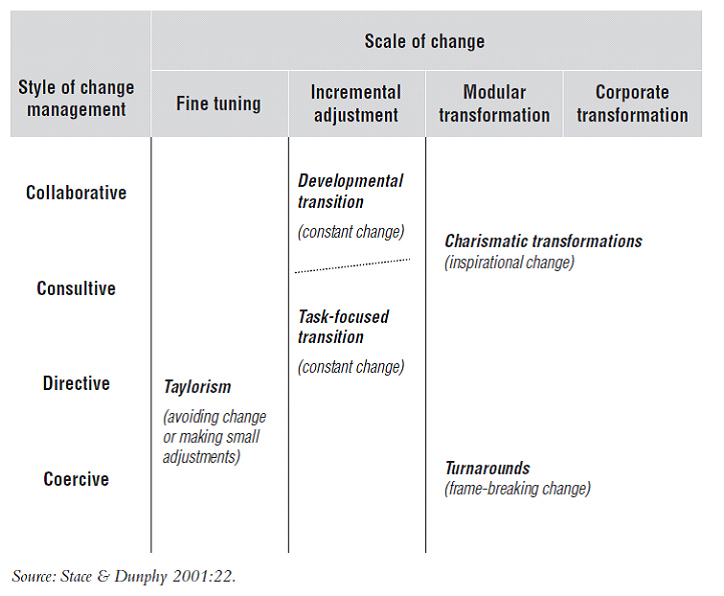Creating Sustainable Change – How to create and sustain change?
February 12, 2025
 Role of Management in Avoiding Politics
Role of Management in Avoiding Politics
Employees indulge in politics to make their position secure at the workplace and spoil the reputation of their fellow workers. Individuals play politics for instant fame, recognition and to achieve something beyond their control in a short span of time. An organization is at loss when its employees play dirty politics. Individuals find it extremely […]
 Introduction to Organizational Diversity – Meaning and Important Concepts
Introduction to Organizational Diversity – Meaning and Important Concepts
We often hear the term “diversity” bandied about in our everyday usage. Usually, when we come across the term, it is in the context of having a mix of gender, race, ethnic, sexual orientation etc in a setting wherein there is no discrimination based on these traits. In an organizational context, diversity refers to equality […]
 Techniques for Overcoming Resistance to Change and Selection of Appropriate Technique
Techniques for Overcoming Resistance to Change and Selection of Appropriate Technique
According to Kotter and Schlesinger (1979) proposed six crucial techniques for overcoming the resistance to change. These are given below: Widespread Education and Improving Communication Facilitating Participation and involvement Support and Facilitation Agreement & Negotiation Co-optation & Manipulation Coercion-Both Explicit and Implicit Education and Effective Communication: This is one of the commonest techniques for minimizing […]
 Why Agile is the Way Forward for Organisations
Why Agile is the Way Forward for Organisations
The Business Case for Agile Organisations Each age or era in business has its own defining method of doing business. If it was the top down bureaucratic model in the Industrial Era, it was the flatter organisational structure in the services age. Now, as we are on the cusp of the Fourth Industrial Revolution and […]
 Vision of Leaders has to be Actualized by Middle Management for Organizational Success
Vision of Leaders has to be Actualized by Middle Management for Organizational Success
Visionary Leaders and the Legacy they Leave Behind Leadership development is a process that encompasses all levels of the organizational hierarchy and ranges from identifying potential leaders, nurturing and mentoring them, and picking those among this pool to succeed the retiring leaders. Business leaders in the 21st century need to have vision and mission as […]
The contingency model is an extended version of Lewin’s three step in which Dunphy and Stace (1988, 1992 and 1993), explained the process of change from the transformational organization perspective.
Dunphy and Stace (1993), put forth a situational or contingency model of change, which emphasized on the fact that organizations should vary their change strategies in accordance with the environmental changes for arriving at an ‘optimum fit’.
It further discussed that organizations differ in terms of structure, processes and key values which they espouse, and it is due to these differences; the organizations may not be influenced by the similar situational variables.
Dexter Dunphy and Doug Stace, through their contingency model proposed that depending upon the environment, both the managers as well as the change agents should vary their change strategies. They focus on the environmental factors as well as the forces of leadership which play a crucial role in any change process.
According to them, change can be categorized into four different types:
Both the authors reckoned that the change need not only happen on an incremental basis but can also take place on a radical or discontinuous basis. They equally highlighted that the transformational change could be both consultative as well as coercive in nature.
In continuation with this, both argued that:
Based on the interaction between the Scale of Change and Management/Leadership style, Dunphy and Stace propounded a model of 5 different types of Change.

The salient features of these 5 types of change are given below:
Your email address will not be published. Required fields are marked *